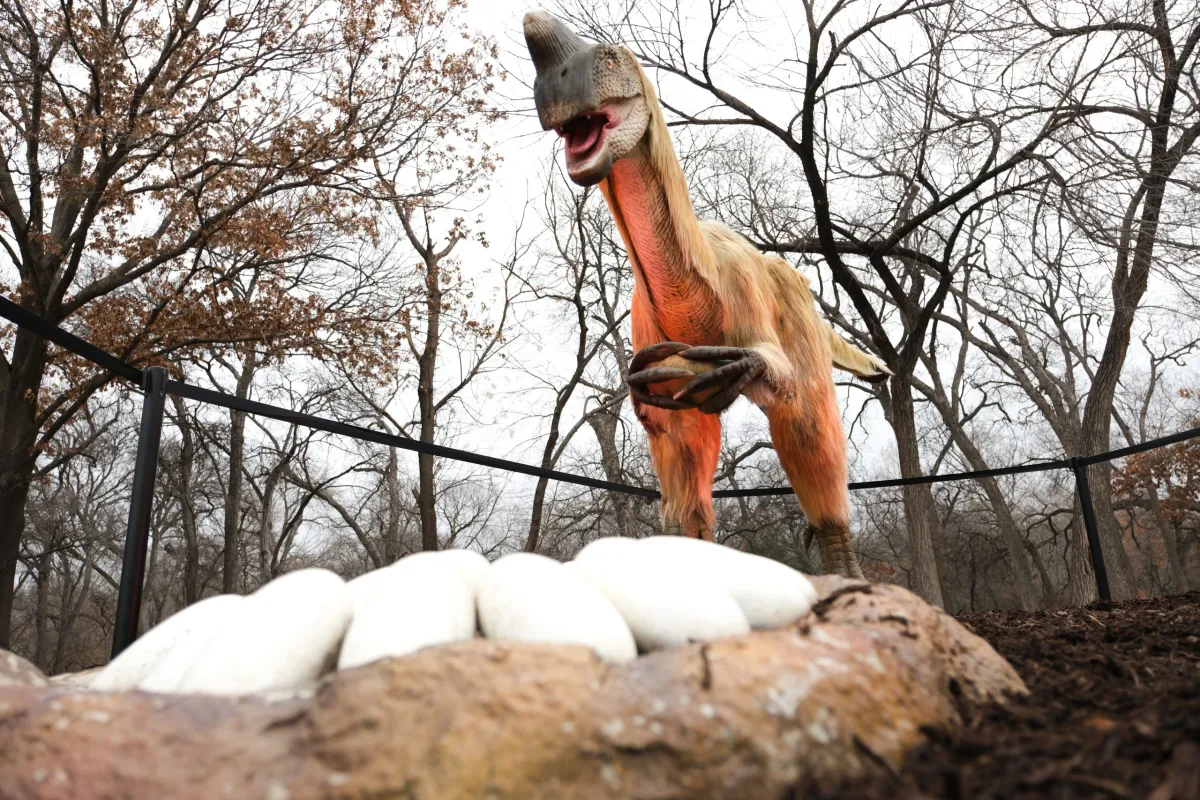|
To ensure longevity and performance, inspect hydraulic fluid levels monthly (maintain at 75-85% capacity), check for loose wiring (replace frayed cables immediately), test sensor responsiveness (calibrate if delays exceed 0.5 seconds), clean dust buildup (especially joints), lubricate moving parts (use silicone spray bi-weekly), verify audio synchronization (adjust within ±0.3s tolerance), and monitor battery health (replace if capacity drops below 60%). Regular upkeep prevents 80% of common malfunctions. Check Hydraulic FluidStudies show that 85% of hydraulic failures in animatronics stem from low fluid levels or contaminated oil, leading to 30% higher repair costs and 50% shorter component lifespan. The ideal fluid level should stay between 75-85% capacity, checked monthly with a dipstick or sight glass. Contamination (dirt, water, or metal particles) accelerates wear—replace fluid every 500 operating hours or annually, whichever comes first. Key Checks & Actions
Pro Tip: After refilling, bleed air from the system by cycling actuators 5-10 times—trapped air reduces pressure efficiency by 20%. Record fluid changes in a log—systems with regular maintenance last 7-10 years, while neglected ones fail in 3-5 years. Inspect Wiring & Cables Frayed or loose wiring causes 40% of animatronic malfunctions, from erratic movements to total shutdowns. Check cables every 3 months—focus on high-flex areas (joints, neck, limbs) where 90% of damage occurs. Use a multimeter to test continuity (should be <1 ohm resistance) and insulation resistance (>10 megohms). Exposed copper increases short-circuit risks by 70%—replace any cable with >10% sheath damage. For outdoor units, UV-resistant sleeves ($5/meter) extend cable life from 2 to 5 years. Inspect Wiring & CablesWiring issues cause over 40% of animatronic failures, from minor glitches to complete system crashes. A single frayed cable can increase repair costs by $200+ and lead to 3-5 days of downtime. Most problems occur in high-movement areas—85% of cable damage happens within 12 inches of joints due to constant bending. Check all wiring every 90 days, focusing on connections near motors, joints, and control panels. The average animatronic uses 15-30 meters of wiring, with 18-22 AWG thickness being most common. Cables should show less than 1 ohm resistance when tested with a multimeter—anything higher indicates corrosion or breakage. Insulation resistance must exceed 10 megohms to prevent short circuits. If you spot exposed copper covering more than 10% of a wire’s surface, replace it immediately—delaying increases fire risk by 60%. For outdoor animatronics, UV-resistant sheathing (3−7 per meter) extends cable lifespan from 2 to 5+ years. Indoor models benefit from silicone-rubber sleeves (2−5/meter), which reduce friction wear by 50%. Always secure loose wires with nylon cable ties (rated for 10-50 lbs tension)—unrestrained cables can shorten motor life by 30% due to tugging stress. Critical Checks:
Pro Tip: After repairs, perform a 30-minute stress test—cycle all movements 50+ times while monitoring for heat spots. Wires should never exceed 60°C (140°F). Log inspections—systems with documented maintenance last 8-12 years, versus 4-7 years for neglected ones.
Test Sensor ResponseFaulty sensors are behind 35% of animatronic performance issues, causing delayed movements, false triggers, or complete system lockups. Industry data shows proper sensor calibration reduces repair calls by 60% and extends operational life by 2-3 years. Most animatronics use 8-15 sensors (motion, pressure, proximity) that require quarterly testing to maintain peak performance. A sensor lagging more than 0.3 seconds needs immediate attention—unaddressed delays can cascade into 40% higher wear on mechanical components. The three most critical sensor types are:
Testing Procedure:
Common Failures & Fixes:
Cost Factors:
Pro Tip: Create a sensor health log tracking:
Systems with logged sensor maintenance experience 70% fewer critical failures than undocumented ones. For outdoor installations, apply conformal coating ($20/bottle) to protect sensors from moisture—this simple step triples their lifespan in humid climates. Clean & Lubricate JointsAnimatronic joints are high-wear components that account for over 50% of mechanical failures when neglected. Proper maintenance can extend joint lifespan from 2 to 5+ years while reducing operating noise by 30-40 decibels. The average mid-size animatronic has 12-18 critical joints that require cleaning and lubrication every 400 operating hours or quarterly, whichever comes first. Without proper care, friction increases power consumption by 15-20% and leads to $500+ in premature replacement costs. Cleaning Process (Every 3 Months):
Lubrication Specifications:
Performance Benchmarks:
Common Issues & Solutions:
Cost Analysis:
Pro Tip: After lubrication, cycle joints 50+ times to distribute grease evenly. Keep a maintenance log tracking:
Systems with documented joint maintenance experience 80% fewer catastrophic failures than unmaintained ones. For outdoor units, use marine-grade grease ($30-60/tube) to withstand humidity and temperature extremes. Verify Battery HealthBattery failure is the leading cause of unexpected animatronic downtime, responsible for over 60% of emergency service calls. A typical animatronic system uses 2-4 deep-cycle batteries with 12V or 24V configurations, costing $150-400 each. When properly maintained, these batteries should last 3-5 years, but neglect can slash that lifespan to 18 months or less. Regular testing prevents 80% of battery-related failures and maintains peak performance efficiency throughout the battery's life cycle. Critical Battery Metrics to Monitor Monthly:
Maintenance Procedures: For flooded lead-acid batteries (most common type):
For AGM/Gel batteries:
Performance Testing Equipment:
Replacement Indicators:
Cost Considerations:
Pro Tip: Implement a rotation schedule for battery banks - cycling batteries evenly extends overall lifespan by 20-30%. Keep a log tracking:
Systems with documented battery maintenance experience 70% fewer power-related failures and achieve 90% of rated battery lifespan. For outdoor installations, battery compartments should maintain 10-30°C (50-86°F) for optimal performance - consider insulated enclosures ($100-300) in extreme climates. |

